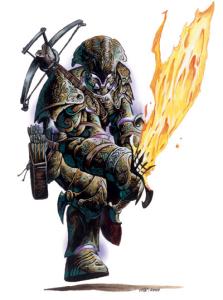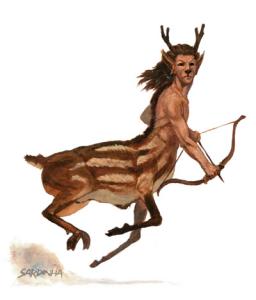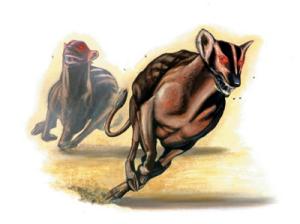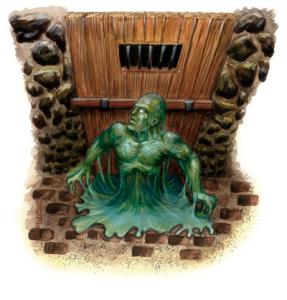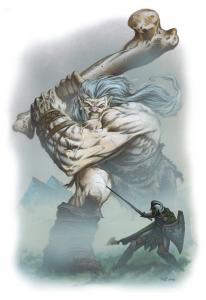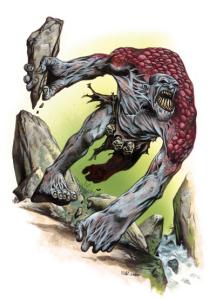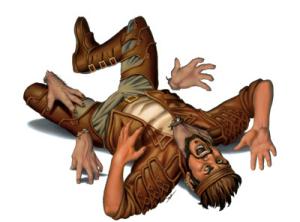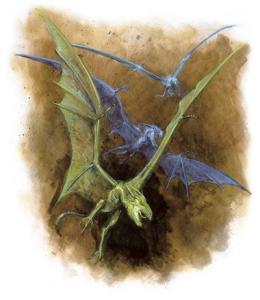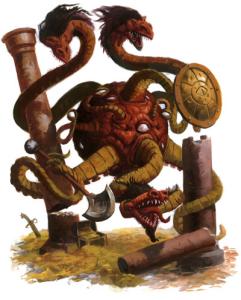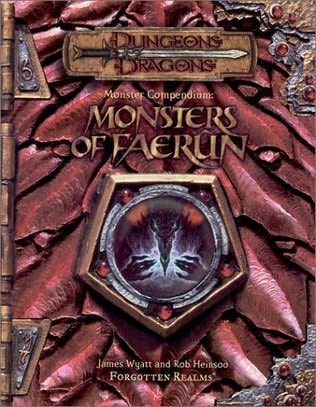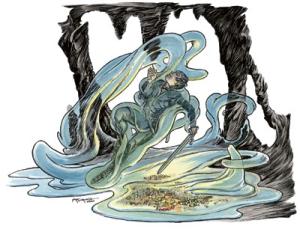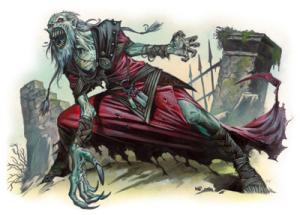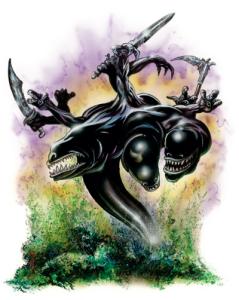
The phaerimm were weird, but the Sharn are even weirder. They are large black creatures with three eyeless heads and three arms that each end in three hands with three fingers and an eye in each palm. Like that phaerimm, they are powerful sorcerers but also clerics and they can create three small portals through which they can stick their hands to cast spells at targets behind walls, around corners, or similar situations. To make things worse, sharn are always under the effect of the haste spell, which under the rules version of this book allows them to cast two spells every round. Not surprisingly, these creatures are so alien that they are immune to any magic that manipulates their minds or changes their bodies. A somewhat unusual quirk is that no magic can change the shape of another creature to look like a sharn. Why that is the case seems to be simply an oddity of the universe. While the sharn are both very weird and alien, they are thankfully not really evil and they also hate the phaerimm. In fact it was the sharn who created the magical barrier that trapped the phaerimm under the Anauroch desert. These guys are some really trippy stuff. They first appeared with the phaerimm in the sourcebook Anauroch, which I didn’t know was actually written by Ed Greenwood himself. It’s strange that they have such a tiny presence in the Forgotten Realms. I only ever saw them in this monster book and the Return of the Archwizards novels, which are about the return of the Netherese Empire from the Plane of Shadow, which got the phaerimm all rilled up.
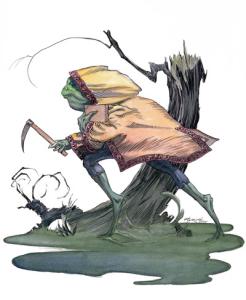
The Sivs are a race of frog people similar to the classic bullywugs, but also very different. While bullywugs are primitive savages, the sivs are as smart as humans and usually Lawful Evil, and even have training as monks. I’m not sure if there’s a kung-fu toad style. They also have the ability to run on the surface of water, which is very kung-fu indeed. It all looks like a quite intriguing idea, but sadly there isn’t really any useful description to how they behave and what they want.
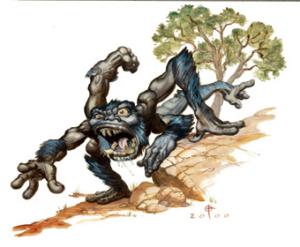
The Tall Mouther is classic old-school D&D weirdness. It’s a big head with a big maw and six arms, covered in blue fur. Otherwise it’s a bit like an ogre and especially loves to eat halflings.
Continue reading “Fantasy Safari: Monsters of Faerûn (D&D 3rd Ed.), Part 5”

